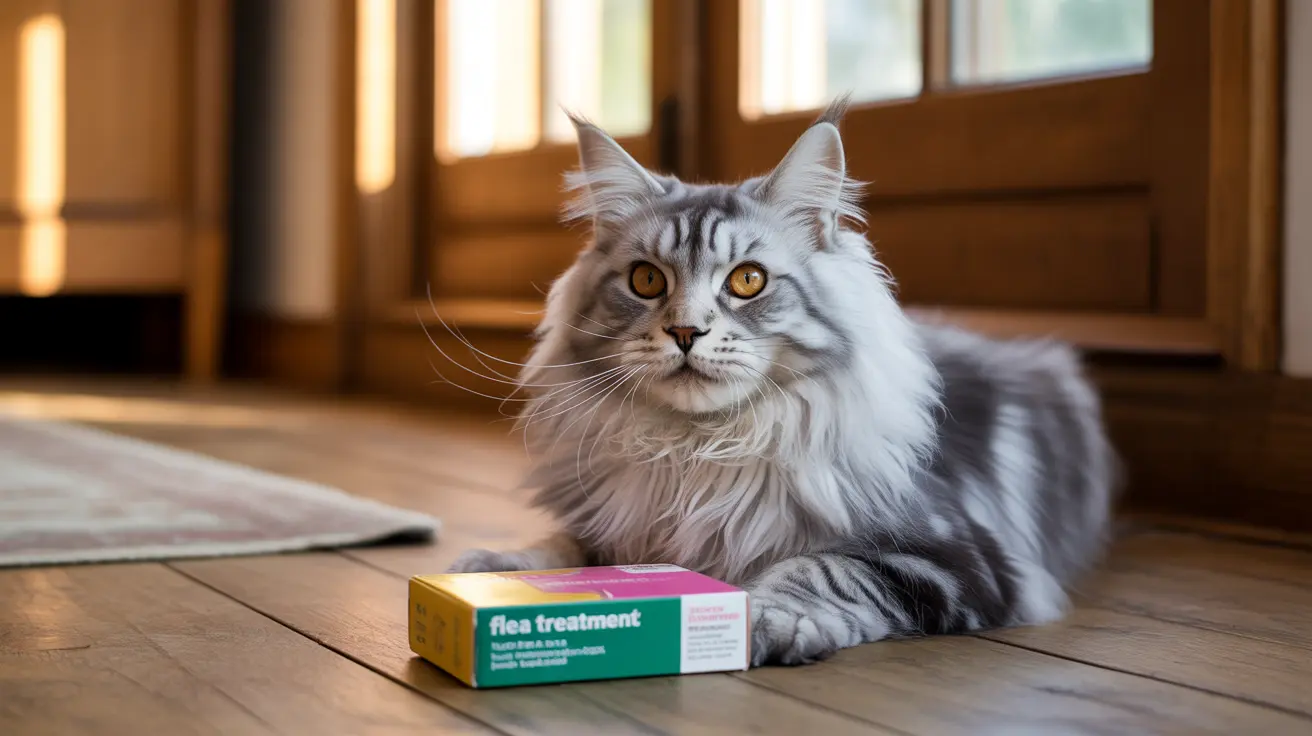Should You Put a Blanket Over Your Dog's Crate?
Crate training is an essential aspect of pet care, helping dogs develop good behavior, relieving anxiety during stressful events, and offering a secure space they can call their own. One common question among dog owners is: Does covering a dog crate with a blanket help? Based on crate training principles, the answer lies in the needs and comfort of the individual dog.
Benefits of Using a Blanket Over a Dog Crate
Covering a crate with a blanket mimics the natural environment dogs seek—a den. This can be highly beneficial when used appropriately.
- Creates a cozy, den-like space: Dogs naturally seek enclosed, safe spaces. A covered crate reduces external stimuli, helping the dog feel more secure.
- Minimizes anxiety and stress: For dogs that get overstimulated by noise or movement, a cover can offer calmness and privacy, especially during storms or when guests are over.
- Improves sleep quality: Blocking out light and distractions helps dogs rest better, especially at night or during scheduled nap times.
- Supports crate training consistency: Keeping the environment predictable reinforces the crate as a safe, comforting space.
When to Use a Blanket
While a cover can enhance comfort, it’s best to observe your pet’s response and follow general crate training guidelines:
- During initial crate introduction: Gradually introduce the cover once your pet is comfortable with the crate's presence.
- At bedtime: A cover can help young puppies and adult dogs sleep undisturbed overnight. For puppies, the crate should remain nearby for nightly bathroom needs.
- During stressful events: Covering the crate during fireworks, thunderstorms, or vet visits in a car can reduce overstimulation and anxiety.
Precautions Before Covering the Crate
Every dog responds differently to changes in its environment. Overuse or improper use of a crate cover might produce unwanted effects. Consider these precautions:
- Ensure adequate ventilation: Never completely seal the crate. Ensure airflow by leaving one or more sides open.
- Monitor temperature: Full coverage can trap heat. Avoid covering the crate in warm environments.
- Watch for destructive behavior: Some dogs may chew or pull the blanket inside. Choose chew-resistant or crate-fitted covers.
- Do not use as punishment: Avoid using a covered crate as discipline. The crate must remain a positive sanctuary.
Signs Your Dog Likes a Covered Crate
These indicators suggest that your dog benefits from a covered crate:
- Enters willingly and relaxes shortly after being inside
- Settles down quickly with minimal whining or scratching
- Uses the crate independently when tired or stressed
Steps to Introduce a Blanket Over a Crate
- Start with partial coverage: Drape the blanket over the top and one or two sides to gauge your dog’s reaction.
- Observe behavior: If your dog behaves calmly and shows no signs of distress, you can keep the cover in place. If there's whining or chewing, remove it.
- Maintain consistency: Establish a routine. For example, always cover the crate before bedtime to create association with sleep.
Blanket Alternatives
If a regular blanket isn’t suitable—perhaps your dog is a chewer or requires higher airflow—consider these alternatives:
- Commercial crate covers: Designed for safety and breathability, they provide a snug fit with ventilation flaps.
- Crates with built-in covers: Some wire crates come with customized covers optimized for airflow and light control.
- Lightweight sheets or towels: Lighter fabrics may be suitable in warmer climates.
Understanding Your Dog's Needs
Each dog is unique. While many dogs benefit from a crate cover, others prefer visual access to their environment. Dogs with separation anxiety, for example, may not do well in a fully enclosed crate. If your dog reacts negatively to a covered crate, remove the blanket and consult a professional trainer or behaviorist.
Instead of forcing the issue, focus on keeping the crate area positive, with familiar toys, treats, and bedding inside. Place the crate in a comfortable, social area of your home such as a family room to further support their sense of security.
Crate Training Essentials
Regardless of whether you cover the crate, follow these crate training principles:
- Use positive reinforcement and patience
- Allow the dog to explore the crate voluntarily
- Feed meals inside the crate to build positive association
- Never crate as punishment
- Gradually increase crate time
Conclusion
Covering a dog crate with a blanket can be an effective way to create a calm, safe environment—as long as it’s introduced gradually and appropriately. Be mindful of your dog’s signals, maintain proper ventilation, and prioritize comfort. When combined with consistent and humane crate training methods, a covered crate can become a sanctuary your dog enjoys throughout their life.





